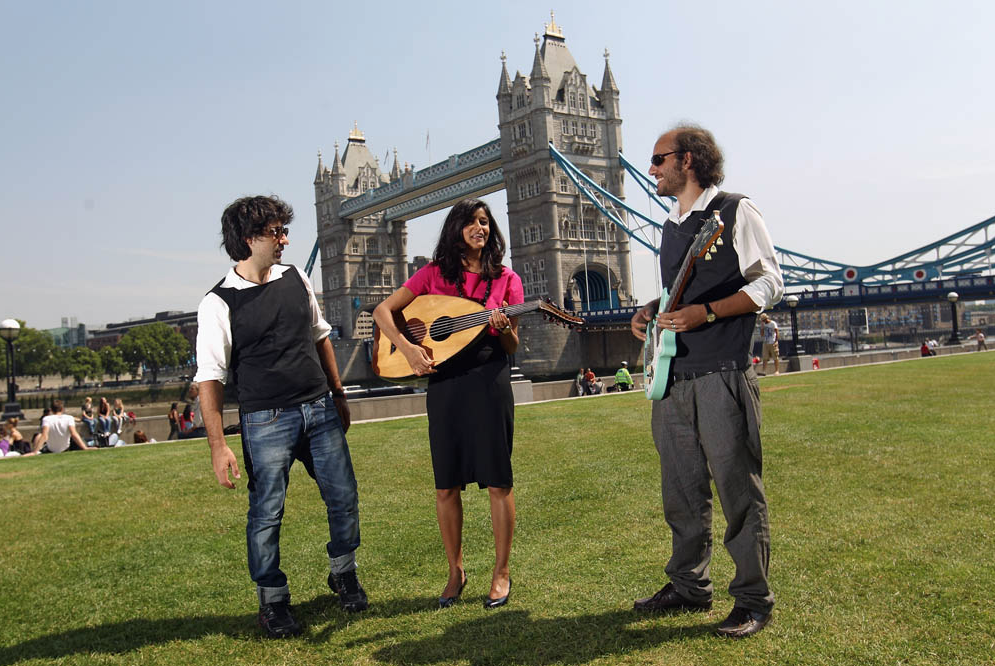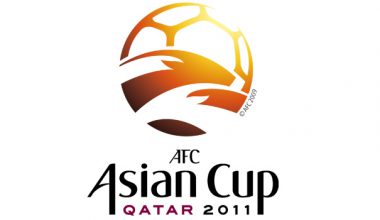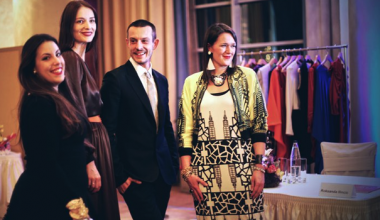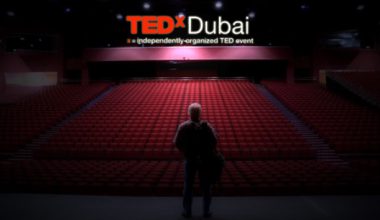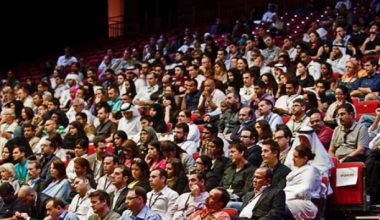
The Middle East asserted itself as a leading social and cultural hotspot in 2011 and Shubbak Festival marked a powerful thrust of Middle Eastern talent and creativity in the United Kingdom. The festival, which stretched from July 4-24th, confirms that Middle Easterners are helping thought leaders look at the world in a completely new way; as a world that is full of possibilities rather than one that is assumptive, deterministic, and formulaic. In a statement issued by the Mayor of London, “Shubbak is an opportunity to see the world through new eyes… No doubt this festival will challenge many people’s preconceived ideas about Arab culture and help illuminate the influence of the past as well as aspirations amongst Arabs for the future.”
Despite the fact that the presence of Arabs has grown significantly in the UK, Shubbak marks the first celebration of the Arab world’s contemporary culture in London, where some 300,000 currently reside and roughly 1.5 million tourists come every year, according to journalist Nahla Al-Agell who wrote an introductive in Shubbak’s festival guide.
In looking at the overwhelming amount of creativity at display in Shubbak’s 70+ events, it is initially difficult to categorize the themes that the festival covers. Let’s start by looking at the featured events:
A Musical Revolution into the Arab World: The festival was kicked off by Zeid Hamdan, known for his work with Soapkills, who incorporated live acts with a DJ set, working alongside Tamer Abu Ghazaleh and Mariam Saleh. You can see highlights of their performance by clicking here or here.
The Mosaic Rooms: A.M. Qattan Foundation supports this exhibition space to support creative projects addressing Arab concerns. During the festival, they showcased Rania Matar’s photography project ‘A Girl and Her Room’; where Rania photographed the lives of teenage girls from Lebanon, Palestine, and America. We highly recommend you visit The Mosaic Rooms website and check them out if you are in London later this summer.
Inauguration: This is a concert (preceded by a conference) celebrating the opening of Brunel University’s Institute for Contemporary Middle Eastern Music. While the institute does not have a website, we can anticipate it will produce composers working to explore Middle Eastern music in a new way (i.e. using digital technology, integrating new instruments…etc.)
Shopopolis: This project, supported by Delfina Foundation, compares mall culture in the UK and Emirates. The project brought in artists to not only address commodity culture and consumerism, but also to address malls as a public, communal space. Check out this video interview with Director of the Delfina Foundation Aaron Cezar.
Discussions on Space and Architecture: No review of the region’s creative culture would be complete without a review of the spatial developments, which includes buildings and, more abstractly, civic space. Shubbak had two major events, both sponsored by design consultancy Nous. The first is Public Domain: Public and Civic Spaces in the Arab World where architecture experts led discussions discussing how public spaces like Egypt’s Tahrir Square or Bahrain’s Pearl roundabout were leveraged to enable economic change and political reform. The second event was an exhibition titled Forward Thinking: Discussions on the Future of Architecture in the Arab World. This focused on where architecture is going as its practitioners seek new technology and materials to further their spatial design.
Interference: These slew of workshops and film screenings sponsored by Doha-based Mathaf, focused on how reclaiming history is part of artistic practice for Arabs. Talks focused on how institutions, objects, and artists bring us to look at history in a way that is different than what is situated in common knowledge.
The Increasing Importance of Public Art: Coverage of the festival would not be complete without mentioning Hala Elkoussy’s mural titled "Myths and Legends Rooms"- a massive 9×3 meter montage of mosaics that contain photographs and drawn images that highlight Cairo’s ever-changing culture. The mural was unveiled earlier at ArtDubai in 2010.
The question of public art is a major theme that cuts across various creative endeavors, especially work coming out of Egypt. The idea of ‘street art’ or a ‘mural’ begs the question of whether these modes of expressions are the best ‘museums’ for Middle Easterners to engage their creative expression. While murals are almost always commissioned (and thus controlled) street art, such as the work that was featured in an exhibition titled ‘From Facebook to Nassbook’, emphasizes spontaneity, unpredictability, temporariness, and thus the necessity of documentation. For more images from this exhibition visit The Guardian’s photo gallery or this clip from Al-Jazeera.
What is great about the month long exhibition was that it integrated both a conversation about recent developments while also providing an opportunity for London to reflect on its own Arab community. More than simply updating people on the region’s progressive and experimental creative energy, it also formed a prolonged and crystallized educational opportunity for different ethnic communities to engage, thus providing a unique chance for London to bolster its multicultural and cosmopolitan fabric.
– Plus Aziz
Image Credits: Greater London Authority

